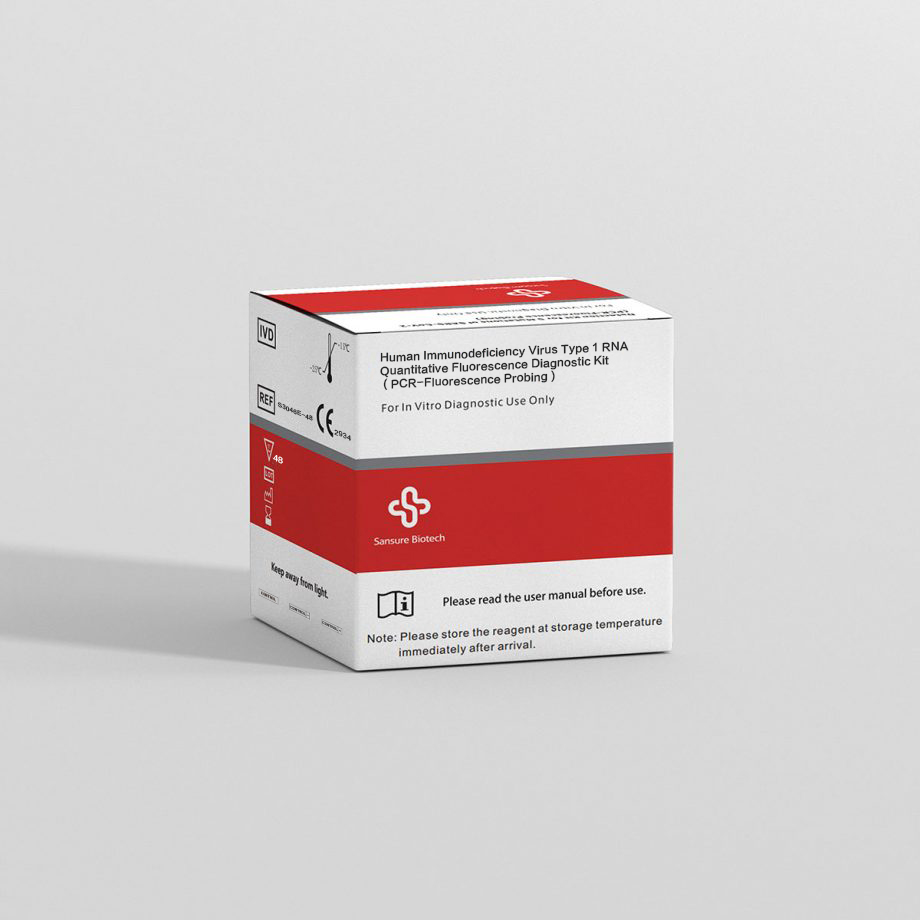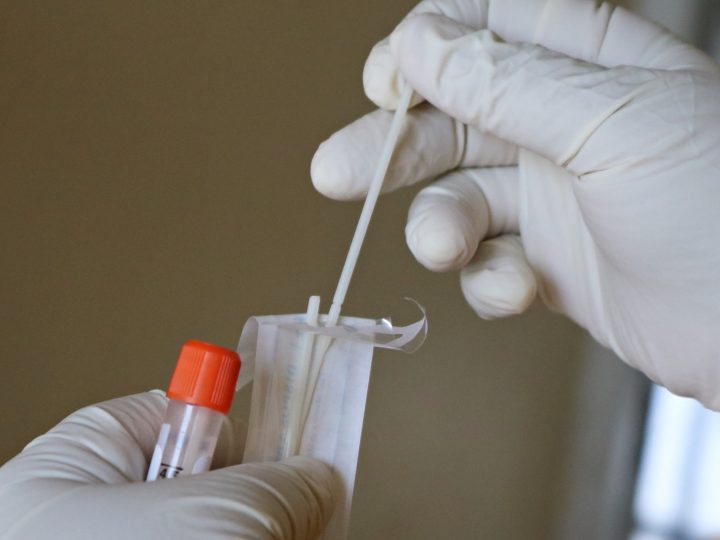What’s the Impact of Low Level Viremia — Another Part of HIV
Ending AIDs by 2030 is an integral part of the SDGs (Sustainable Development Goals), adopted by UN Member States in 2015[1]. Nations are demonstrating strong commitment and concerted efforts to combat HIV/AIDS and achieve epidemic control. However, various factors can influence the effectiveness of these endeavors, including the impact of low level viremia.

The presence of low-level viremia poses significant challenges in the risk of developing drug resistance, and has a profound impact on morbidity and mortality. Therefore, let us delve into a detailed discussion regarding implications of low-level viremia in virus control.
Viral Load Response & the Different Levels
Viral load response provides an idea of the amount of the HIV virus in the body. It is presented as the number of viral particles (HIV RNA copies) per milliliter of blood. Below are the main viral load response levels in HIV control[2]:
- Adequate Virologic Response:It reflects no detection of HIV RNA in the bloodstream. It means that the antiretroviral therapy (ART) was a success, as the treatment managed to suppress the HIV replication to an undetectable level.
- Low-level Viremia:It reflects that the HIV RNA is detectable but present in low levels, usually between 51-199 copies/mL. This means the virus still exists in the bloodstream but does not mean the treatment failed.
- Very Low-level Viremia: It reflects the presence of very low levels of HIV RNA, even below the detection threshold (below 50 copies/mL). This means that the virus is still present but in a minimal quantity, almost undetectable.
- Virologic Failure:It reflects the failure of antiretroviral therapy (ART). The treatment could not suppress HIV replication, and there is a significant presence of HIV RNA, around 200-1000 or higher copies/mL.
All these levels are important to understand the viral load response after antiretroviral therapy (ART). Now, let’s emphasize more on different phenomena related to low-level viremia.
Intermittent Low-level Viremia (BLIP) and Persistent Low-level Viremia (pLLV): Happening Rate and Upward Trend
When it comes to low-level viremia, two phenomena often occur, i.e., intermittent low-level viremia (BLIP) and persistent low-level viremia (pLLV).
Intermittent low-level viremia (BLIP) is a temporary increase in viral load over the undetectable range but still within the low-level viremia range[3]. This can happen for a short period, even for individuals who achieve an adequate virologic response and resolve without needing any treatment. The reason behind the surge is not very well explained yet and needs in-depth research to find the root cause.
The persistent low-level viremia (pLLV) indicates the consistent and prolonged presence of HIV RNA in the bloodstream at a detectable level[4]. It has been gripped by mixing factors, such as the ART regimen used, adherence to ART, etc. It also increases the risk of virologic failure.
In recent years, there has been an upward trend for intermittent low-level viremia (BLIP) and persistent low-level viremia (pLLV). This trend could be due to different reasons, such as mutated HIV strains, increased viral load assay sensitivity, changes in treatment regimens, etc.
Influence of Low-level Viremia on HIV Transmission
The presence of low-level viremia can influence HIV transmission in different ways, as follows:
- Antiretroviral Drug Resistance:Low-level viremia can create drug-resistant HIV strains (drug resistance mutations). Antiretroviral drug resistance can cause the virus to replicate into a new mutation, which requires more customized treatment strategies.
- Virologic Failure:If low-level viremia remains for an extended time, it can increase the chances of virologic failure. If it happens, it increases rapid disease advancement.
- Morbidity and Mortality:A low-level viremia along with drug resistance or virologic failure can lead to severe health issues. The virus’s rapid spread can lead to more HIV-related illnesses and weaken the immune system, causing higher morbidity and mortality rates[5].
In short, low-level viremia can have significant consequences, especially if they remain in the “persistent” range.

Importance of Applying HIV-1 RNA Assay to LLV Monitoring
By now, we have learned the consequences of LLV, which reflects the necessity to monitor LLV for timely treatment. There are many ways to monitor LLV, but HIV-1 RNA assay is recommended.
HIV-1 RNA assay is highly sensitive and ensures precise detection of RNA in the bloodstream. This helps to detect even the lowest RNA levels, making it easy to detect low-level viremia early on. This way, doctors can track the viral load trends and customize the treatment accordingly. However, the high detection difficulty also sets a higher requirement for HIV-1 RNA kits. This is where Sansure’s CE-certified HIV-1 RNA kit comes into play.
The Sansure HIV-1 RNA kit quantitatively detects HIV-1 virus RNA in the EDTA plasma specimens. It showcases a high sensitivity of 25 IU/mL, uses Internal Control to avoid false negative results, and ensures timely and reliable results.Moreover, the application of advanced magnetic beads technology ensures high sensitivity and precision, accelerating the response time.
Conclusion
The early and precise diagnosis makes prompt and tailored treatment. As the global provider of innovative diagnostics solutions, Sansure has been standing at the forefront, developing more efficient solutions for communities and healthcare institutions, making our own effort for HIV control. Together, let’s fight for a shared future free from HIV.
Reference
[1] https://clinicalinfo.hiv.gov/en/guidelines/hiv-clinical-guidelines-adult-and-adolescent-arv/plasma-hiv-1-rna-cd4-monitoring
[2] https://clinicalinfo.hiv.gov/en/guidelines/hiv-clinical-guidelines-adult-and-adolescent-arv/plasma-hiv-1-rna-cd4-monitoring
[3] https://www.aidsmap.com/about-hiv/faq/what-viral-load-blip-and-does-it-matter
[4] Crespo-Bermejo C, de Arellano ER, Lara-Aguilar V, Valle-Millares D, Gómez-Lus ML, Madrid R, Martín-Carbonero L, Briz V. Persistent low-Level viremia in persons living with HIV undertreatment: An unresolved status. Virulence. 2021 Dec;12(1):2919-2931. doi: 10.1080/21505594.2021.2004743. PMID: 34874239; PMCID: PMC8654475.
[5] Ryscavage P, Kelly S, Li JZ, Harrigan PR, Taiwo B. Significance and clinical management of persistent low-level viremia and very-low-level viremia in HIV-1-infected patients. Antimicrob Agents Chemother. 2014 Jul;58(7):3585-98. doi: 10.1128/AAC.00076-14. Epub 2014 Apr 14. PMID: 24733471; PMCID: PMC4068602.





